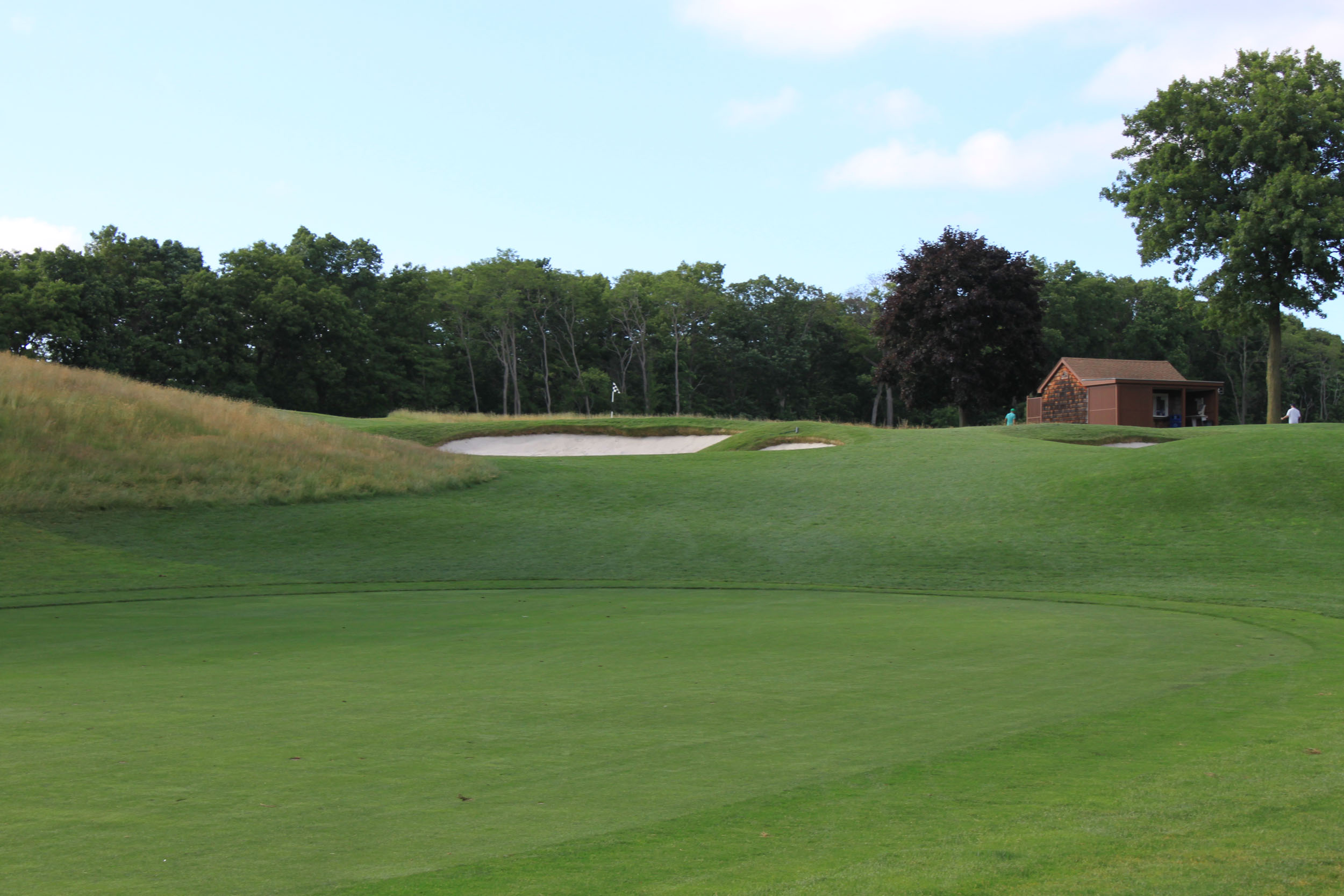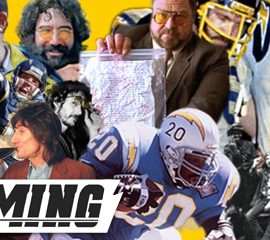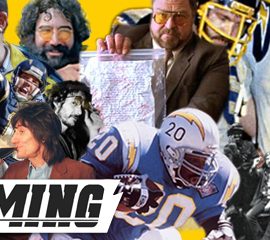This piece was originally published on August 13, 2007 to commemorate Bruce’s historic stand at The Bottom Line. It got some nice reviews and was later used by my favorite Springsteen cover band, Tramps Like Us, to promote their recreation of the August 15th show.
The Week That Made Bruce Springsteen
In the Summer of 1975, Bruce Springsteen was backed against the ropes. His first two albums, Greetings From Asbury Park, N.J., and The Wild, The Innocent, and the E Street Shuffle, had been critically but not commercially successful. Jon Landau of Rolling Stone, who famously wrote in 1974 that Springsteen was “rock and roll future,” had taken leave from his job to help him finish his third record. The album, to be named Born to Run, had kept Springsteen in the studio for over a year, and he knew it was his last shot at a breakthrough. But if it was to be his defining statement, he needed an audience to validate it. He got that audience with an electrifying ten-show stand at a 400-seat club in Greenwich Village called the Bottom Line. It would propel him onto the October 27 covers of Time and Newsweek simultaneously and mark a turning point both for his career and for rock music.
Having been “discovered” by John Hammond, who a decade earlier had brought a young Bob Dylan to Columbia Records, Bruce was predictably hailed as “the next Dylan” in 1972. Even though his first two albums didn’t really sell, his incendiary live shows made him a cult favorite. Columbia executives hoped to use this magic to build a buzz for Born to Run. His official manager, Mike Appel (who would soon embark on a bitter power struggle with Landau), was so convinced that Springsteen was ready for the big time that he originally tried to book him into Madison Square Garden, but he wasn’t popular enough–yet. So his 10 shows took place over five nights at the Bottom Line, from August 13 to 17.
Of the club’s 4,000 seats for the run, Columbia wisely reserved 980 for the media, which had mostly been resistant to Springsteen up to that point. Dave Herman, a disk jockey at New York City’s WNEW-FM, had refused to play Bruce’s first record, offended by its heavy-handed promotional campaign, but he became one of Springsteen’s many converts during the run. He told his listeners, “I saw Springsteen for the first time last night. It’s the most exciting rock ‘n’ roll show I’ve ever seen.”
Countless others became converts during that week. The early performance on August 15 was broadcast live on WNEW-FM, giving outsiders a glimpse into the phenomenon. That show went on to become one of the most widely bootlegged concert recordings of the decade and served as proof that Bruce was more than just hype. Beginning with the saxophonist Clarence Clemons’s opening to “Tenth Avenue Freeze-Out,” Springsteen had the crowd in the palm of his hand. Stanley Snadowsky, one of the club’s former owners (it was closed in 2004), recalled, “The raw power was unbelievable. He climbed on the building’s poles, the piano, the tables. He was so exposed in such a reckless way, everyone felt it.”
But the shows were about far more than onstage gimmicks. Springsteen and his band showed off every weapon in their musical arsenal. A few songs after “Tenth Avenue Freeze-Out,” he would carry the crowd through the title track to the forthcoming album—a cut that had taken him six months of sporadic work to record. Another highlight was the jazz-fueled tour de force, “Kitty’s Back.” In the middle of each show, Bruce played a gut-wrenching version of the soon-to-be released anthem “Thunder Road,” with only piano accompaniment since “the band hadn’t learned to play that song real well,” as he later said. Then came the show-stopping romp “Rosalita.” By the time he was urging the audience to “Dance ‘til a Quarter to Three,” during his encore, he had not only turned doo-wop on its ear; he had truly become the Boss.
This metamorphosis was not lost on him: “It was our coming-out party. And some sort of transformation occurred over those five nights. We walked out of that place in a different place.” It was at the Bottom Line that he first forged his legend, but he also gave rock ‘n’ roll a much-needed shot in the arm. Springsteen has always claimed a redemptive power for rock. He cites the purchase of his first guitar as the moment when he discovered his life’s purpose. But by 1975 the medium had gone stagnant. As the Time cover story put it, “Things had settled down in the ‘70s . . . there was an excess of showmanship, too much din substituting for true power.” Springsteen showed how powerful rock music could still be.
Not surprisingly, the Bottom Line shows made Rolling Stone’s 2004 list of the “50 Moments That Changed the History of Rock & Roll,” right up there with Elvis’s first recordings at Sun Records and Dylan’s electric set at the Newport Folk Festival. The stakes were high that week, but up against the ropes, he came out swinging with everything he had each night. After knocking out the New York crowds that week in 1975, he hasn’t looked back.
Ross Warner writes often about popular music.
Add The Sports Daily to your Google News Feed!



